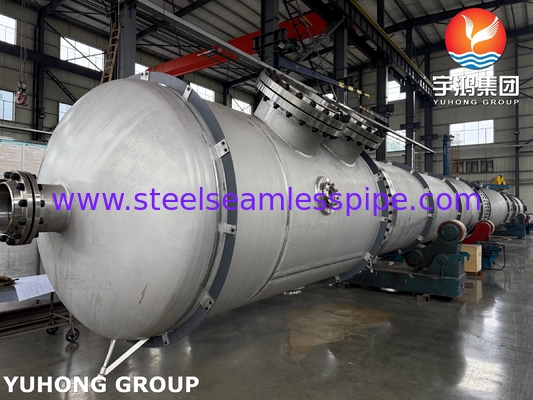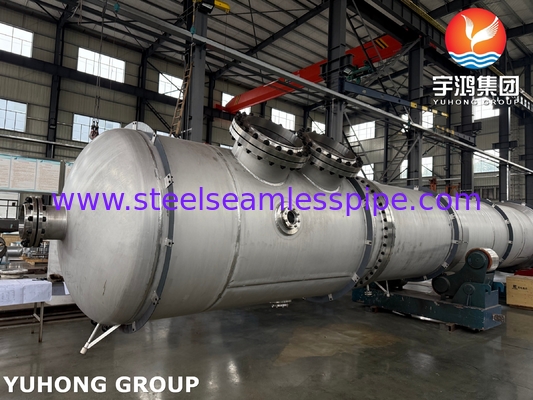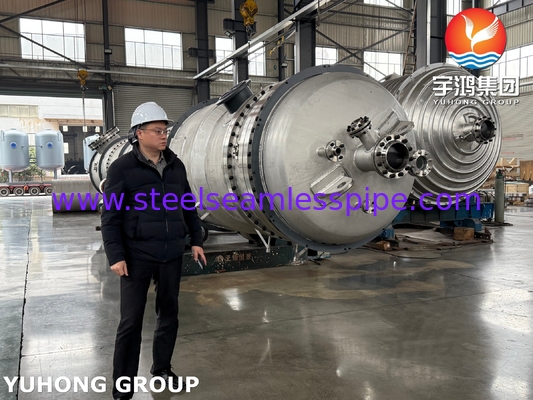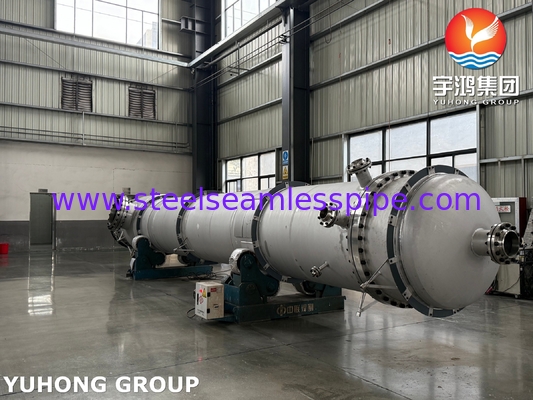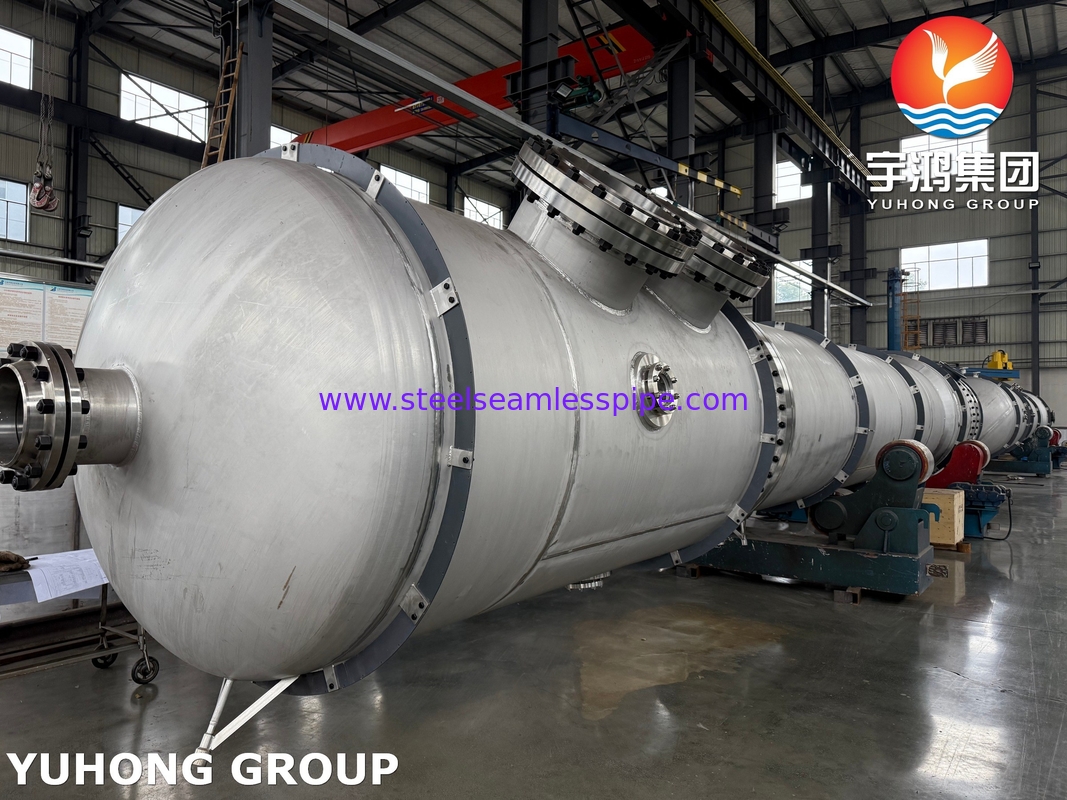Um Separador de Baixa Temperatura (LTS) é um tipo de equipamento usado principalmente na indústria de petróleo e gás para separar hidrocarbonetos e outros componentes de uma corrente de gás, resfriando a corrente a baixas temperaturas. Este processo é comumente usado no processamento de gás natural para separar hidrocarbonetos líquidos (como condensado) e água da corrente de gás. Aqui está uma visão geral detalhada de sua função, projeto e aplicações:
Função de um Separador de Baixa Temperatura
1. Resfriamento e Separação:
A corrente de gás é resfriada a baixas temperaturas (normalmente abaixo de zero grau) para condensar hidrocarbonetos mais pesados e vapor de água em líquidos.
Os líquidos condensados são então separados da corrente de gás.
2. Redução de Pressão:
Em alguns casos, o separador também reduz a pressão da corrente de gás, o que auxilia ainda mais na condensação (efeito Joule-Thomson).
Componentes-chave de um Separador de Baixa Temperatura
1. Seção de Entrada:
Onde a corrente de gás entra no separador.
2. Seção de Resfriamento:
O gás é resfriado usando refrigeração externa ou por expansão (por exemplo, através de uma válvula de estrangulamento ou turboexpansor).
3. Seção de Separação:
Um vaso onde gás, hidrocarbonetos líquidos e água são separados com base nas diferenças de densidade.
4. Saída de Gás:
O gás seco separado sai do separador.
5. Saídas de Líquido:
Saídas separadas para condensado (hidrocarbonetos líquidos) e água.
6. Sistemas de Controle:
Controles de temperatura, pressão e nível para otimizar a eficiência da separação.
Princípio de Funcionamento
A corrente de gás entra no separador e é resfriada, seja por refrigeração externa ou por expansão.
À medida que a temperatura cai, hidrocarbonetos mais pesados e vapor de água se condensam em líquidos.
Os líquidos se acumulam no fundo do separador, enquanto o gás sobe para o topo.
Os líquidos são drenados do separador e o gás seco é enviado para processamento ou transporte posterior.
Aplicações de Separadores de Baixa Temperatura
1. Processamento de Gás Natural:
Para remover hidrocarbonetos líquidos (condensado) e água do gás natural.
2. Produção de Petróleo e Gás:
Para separar líquidos do gás em cabeças de poço ou estações de coleta.
3. Desidratação de Gás:
Para remover vapor de água das correntes de gás.
4. Recuperação de Hidrocarbonetos:
Para recuperar hidrocarbonetos líquidos valiosos das correntes de gás.
Aplicações de Separadores de Baixa Temperatura
1. Separação Eficiente: Alta eficiência na separação de líquidos de correntes de gás.
2. Qualidade de Gás Melhorada: Produz gás seco com baixo teor de água e hidrocarbonetos.
3. Recuperação de Produtos Valiosos: Recupera hidrocarbonetos líquidos que podem ser vendidos ou processados posteriormente.
4. Versatilidade: Pode lidar com uma ampla gama de composições de gás e taxas de fluxo.
Considerações de Projeto
1. Temperatura e Pressão: A temperatura e pressão de operação devem ser cuidadosamente controladas para obter uma separação ideal.
2. Seleção de Materiais: Os materiais devem ser escolhidos para suportar baixas temperaturas e componentes corrosivos (por exemplo, H₂S ou CO₂).
3. Isolamento: O separador pode exigir isolamento para manter baixas temperaturas.
4. Recursos de Segurança: Válvulas de alívio de pressão, sensores de temperatura e sistemas de desligamento de emergência.
Comparação com Outros SeparadoresDesafios e Soluções
1. Separadores Convencionais: Operam em temperaturas mais altas e são menos eficazes na remoção de líquidos das correntes de gás.
2. Separadores Criogênicos: Operam em temperaturas muito mais baixas e são usados para separações mais complexas (por exemplo, recuperação de nitrogênio ou hélio).
Desafios e Soluções
1. Formação de Hidratos: Baixas temperaturas podem causar a formação de hidratos, que podem bloquear dutos. As soluções incluem a adição de inibidores de hidratos (por exemplo, metanol ou glicol).
2. Corrosão: Baixas temperaturas e a presença de água podem levar à corrosão. O uso de materiais e revestimentos resistentes à corrosão é essencial.
3. Consumo de Energia: O resfriamento da corrente de gás requer energia. O projeto eficiente e o uso de calor residual podem reduzir os custos de energia.


 Por favor verifique seu email!
Por favor verifique seu email! Por favor verifique seu email!
Por favor verifique seu email!  Por favor verifique seu email!
Por favor verifique seu email! Por favor verifique seu email!
Por favor verifique seu email! 
